Rising Vehicle Production
The Automotive Number Plate Market is experiencing growth due to the increasing production of vehicles worldwide. In recent years, vehicle production has surged, with millions of units manufactured annually. This rise in production directly correlates with the demand for number plates, as each vehicle requires a unique identification. According to industry reports, the number of vehicles produced is projected to reach over 100 million units by 2025. This trend indicates a robust market for automotive number plates, as manufacturers seek to meet the needs of a growing automotive sector. Furthermore, the expansion of electric and hybrid vehicles is likely to contribute to this growth, as these vehicles also require compliant number plates. Thus, the rising vehicle production serves as a significant driver for the Automotive Number Plate Market.
Regulatory Compliance and Safety Standards
The Automotive Number Plate Market is significantly influenced by stringent regulatory compliance and safety standards imposed by governments. Various jurisdictions mandate specific requirements for number plates, including size, visibility, and reflectivity. These regulations ensure that vehicles are easily identifiable, enhancing road safety and law enforcement capabilities. As a result, manufacturers are compelled to produce number plates that adhere to these standards, driving demand within the market. In many regions, failure to comply with these regulations can lead to penalties for vehicle owners, further emphasizing the importance of proper number plate production. The ongoing updates to these regulations may also lead to innovations in number plate technology, such as the integration of smart features, thereby fostering growth in the Automotive Number Plate Market.
Sustainability and Eco-Friendly Initiatives
Sustainability is becoming a pivotal driver in the Automotive Number Plate Market, as manufacturers increasingly adopt eco-friendly practices. The growing awareness of environmental issues has prompted companies to explore sustainable materials for number plate production, such as recycled plastics and biodegradable options. This shift not only aligns with consumer preferences for environmentally responsible products but also complies with emerging regulations aimed at reducing plastic waste. Market data indicates that the demand for eco-friendly number plates is projected to rise significantly, with a potential market share increase of 15% by 2027. Furthermore, manufacturers that prioritize sustainability may gain a competitive edge, appealing to environmentally conscious consumers. Thus, the emphasis on sustainability and eco-friendly initiatives is likely to shape the future landscape of the Automotive Number Plate Market.
Increasing Demand for Personalized Number Plates
The Automotive Number Plate Market is witnessing a notable increase in demand for personalized number plates. Consumers are increasingly seeking unique identifiers that reflect their personality or interests, leading to a surge in custom number plate orders. This trend is particularly prevalent among younger demographics, who view personalized plates as a form of self-expression. Market analysis indicates that the personalized number plate segment is expected to grow at a compound annual growth rate of over 5% in the coming years. This growth is further fueled by online platforms that facilitate the ordering process, making it easier for consumers to design and purchase custom plates. As a result, manufacturers are adapting their offerings to cater to this demand, thereby enhancing their market presence within the Automotive Number Plate Market.
Technological Advancements in Number Plate Production
Technological advancements are reshaping the Automotive Number Plate Market, leading to more efficient production processes and innovative product offerings. The introduction of advanced materials and manufacturing techniques has enabled the production of durable and lightweight number plates. Additionally, the integration of digital printing technology allows for high-resolution graphics and customization options, appealing to consumers seeking personalized number plates. Market data suggests that the adoption of these technologies could enhance production efficiency by up to 30%, reducing costs and time. Furthermore, the rise of smart number plates, which incorporate features such as QR codes and RFID technology, is expected to revolutionize the industry. These advancements not only improve functionality but also align with the growing trend of smart vehicle technologies, thereby driving the Automotive Number Plate Market forward.


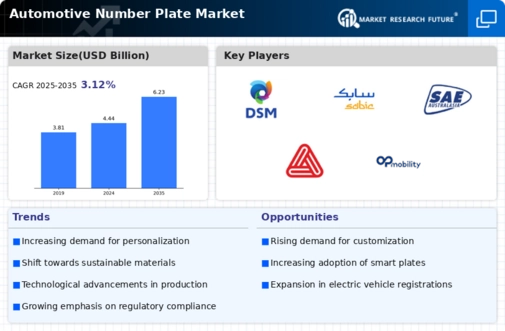
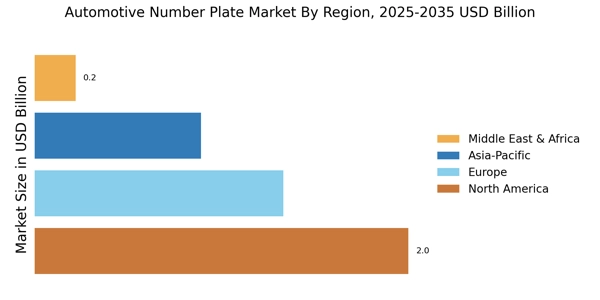

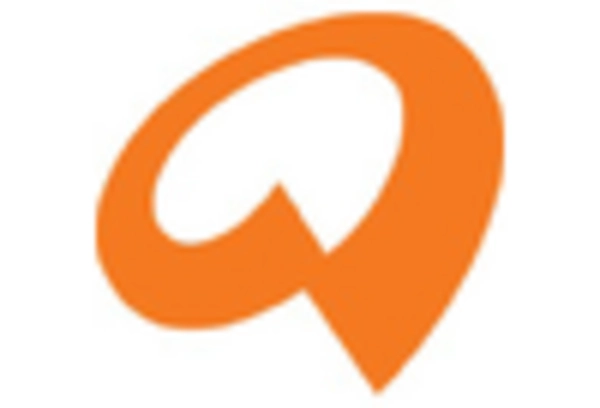

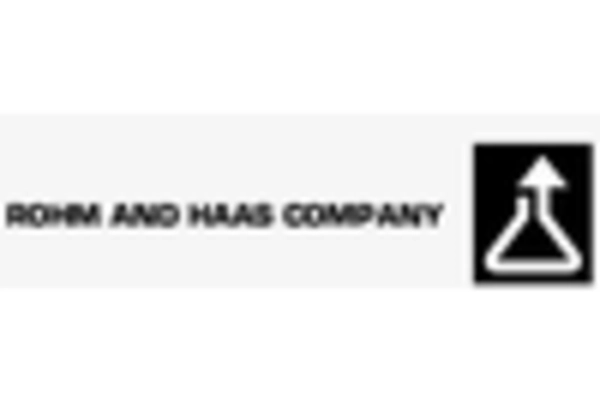

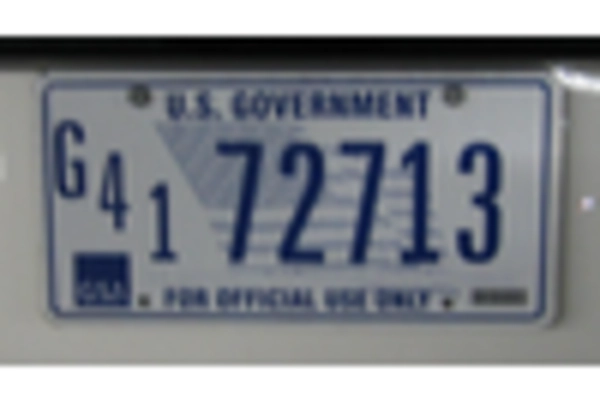








Leave a Comment